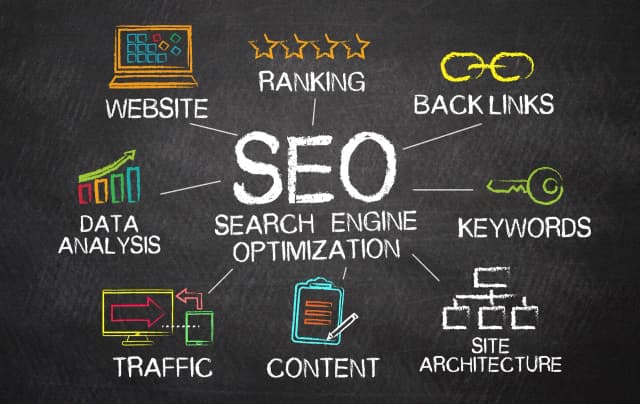Understanding how to optimize for Google search engines is crucial for any website aiming for visibility and traffic. Effective Google optimization strategies can help improve your site's ranking and attract more organic traffic. In this guide, we'll delve into key techniques and best practices for optimizing your content, structure, and performance on Google. Whether you're managing a business website, a blog, or an e-commerce platform, these tips will empower you to succeed in search engine results.
Why Google Optimization Matters
With over 90% market share in the search engine space, optimizing for Google is non-negotiable. A higher ranking in Google's search results means more visibility, which leads to increased website traffic and potential conversions. Furthermore, Google continually updates its algorithms, incorporating various ranking factors that affect how websites are indexed and ranked.
1. Keyword Research and Implementation
Keyword research is the foundation of effective Google optimization. Here's how to approach it:
- Identify Target Keywords: Use tools like Google Keyword Planner and SEMrush to find relevant keywords with good search volume.
- Optimize Content: Incorporate target keywords naturally into your content, meta tags, and headings without keyword stuffing.
- Focus on Long-Tail Keywords: These are less competitive and often yield higher conversion rates.
2. On-Page SEO Best Practices
On-page SEO plays a crucial role in how Google evaluates your content:
- Meta Tags: Ensure your title tags and meta descriptions are optimized with keywords and provide an accurate summary of your content.
- Header Tags: Use H1, H2, and H3 tags to structure your content logically and enhance readability.
- Internal Linking: Link to relevant pages within your website to enhance user navigation and spread link equity.
3. Improve Page Load Speed
Page speed is a ranking factor in Google's algorithm. To enhance your website’s speed:
- Optimize Images: Use compressed image formats and ensure they are the appropriate size for display.
- Minimize HTTP Requests: Reduce the number of elements on your page to enhance loading time.
- Use a Content Delivery Network (CDN): Distribute your content globally to decrease latency.
4. Mobile Optimization
With a significant amount of web traffic coming from mobile devices, optimizing for mobile is essential:
- Responsive Design: Ensure your website is mobile-friendly and adapts to various screen sizes.
- Mobile Page Speed: Use tools like Google PageSpeed Insights to test and optimize the loading speed of your mobile site.
5. Quality Content Creation
Ultimately, quality content is key to Google optimization:
- Value-Driven Content: Create informative, engaging, and original content that fulfills user intent.
- Regular Updates: Keep your content fresh by updating or adding new information regularly.
- Encourage Engagement: Use multimedia elements like videos and infographics to increase user interaction and dwell time.
Conclusion
Optimizing for Google search engines involves a holistic approach that includes keyword research, on-page SEO, fast loading speeds, mobile responsiveness, and high-quality content. By implementing these strategies, you can significantly enhance your website’s search visibility and attract more organic traffic. For personalized assistance with Google optimization or to learn more about our SEO services, contact Prebo Digital today!















